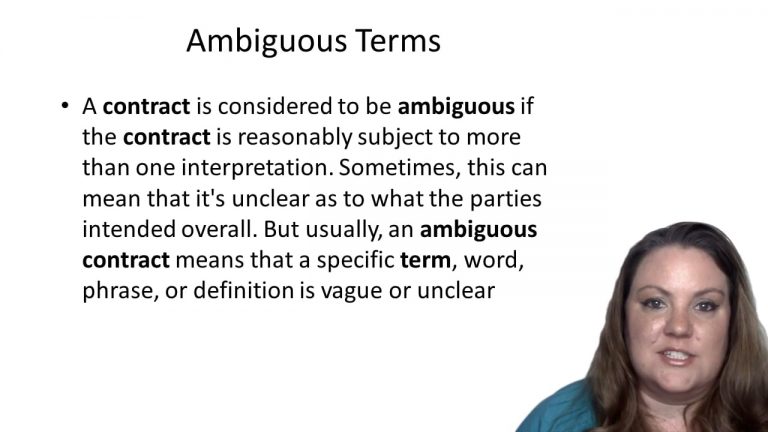SmartBrief
Confirm favorite deletion?
Contracts Keyed to Barnett
Oswald v. Allen
Citation:
United States Court of Appeals, Second Circuit, 417 F.2d 43 (1969)Facts
Oswald was interested in Allen’s collection of Swiss coins. In April 1964 Oswald was in the U.S. and arranged to see Allen’s coins. Allen showed Oswald two of her collection housed at a bank in New York: the Swiss Coin Collection and the Rarity Coin Collection. These collections were housed in separate containers in labeled cigar boxes. Oswald took notes on the condition of the coins. Oswald couldn’t speak English so he relied on his brother to translate to conduct the transaction. After some negotiation a price of $50,000 was agreed upon. The parties didn’t realize that the references to “Swiss coins” and “Swiss Coin Collection” were ambiguous. Oswald thought the offer he had authorized his brother to make was for all of the Swiss coins, while Allen thought she was selling only the Swiss Coin Collection and not the Swiss coins in the Rarity collection. On April 8, 1964, Oswald wrote to Allen to “confirm my purchase of all you Swiss coins… at the price of $50,000.” Allen wrote in response that she would be in Newburgh on Friday, April 24; no mention of the contract of sale or the quantity of coins sold was mentioned. On April 20, Allen realized her original estimation of the coins in the Swiss Coin Collection was erroneous; she offered to permit a re-examination and to not sell to anyone else. Oswald cabled from Switzerland to his agent at Chase Bank giving instruction to proceed with the transaction. After receiving the cable, Oswald’s agent wrote a letter to Allen stating Oswald’s understanding of the agreement and requesting her signature as a “mere formality.” Allen did not sign and return the letter; on April 24 her husband told Oswald’s agent that Allen did not want to proceed with the sale. Oswald sued.
Only StudyBuddy Pro offers the complete Case Brief Anatomy*
Access the most important case brief elements for optimal case understanding.
*Case Brief Anatomy includes: Brief Prologue, Complete Case Brief, Brief Epilogue
- The Brief Prologue provides necessary case brief introductory information and includes:
Topic:
Identifies the topic of law and where this case fits within your course outline.Parties:
Identifies the cast of characters involved in the case.Procedural Posture & History:
Shares the case history with how lower courts have ruled on the matter.Case Key Terms, Acts, Doctrines, etc.:
A case specific Legal Term Dictionary.Case Doctrines, Acts, Statutes, Amendments and Treatises:
Identifies and Defines Legal Authority used in this case.
- The Case Brief is the complete case summarized and authored in the traditional Law School I.R.A.C. format. The Pro case brief includes:
Brief Facts:
A Synopsis of the Facts of the case.Rule of Law:
Identifies the Legal Principle the Court used in deciding the case.Facts:
What are the factual circumstances that gave rise to the civil or criminal case? What is the relationship of the Parties that are involved in the case.Issue(s):
Lists the Questions of Law that are raised by the Facts of the case.Holding:
Shares the Court's answer to the legal questions raised in the issue.Concurring / Dissenting Opinions:
Includes valuable concurring or dissenting opinions and their key points.Reasoning and Analysis:
Identifies the chain of argument(s) which led the judges to rule as they did.
- The Brief Prologue closes the case brief with important forward-looking discussion and includes:
Policy:
Identifies the Policy if any that has been established by the case.Court Direction:
Shares where the Court went from here for this case.

 5m 13s
5m 13s